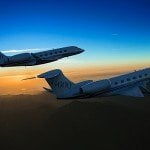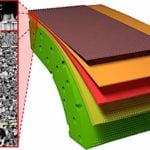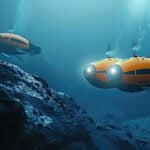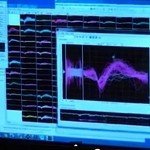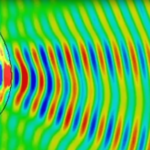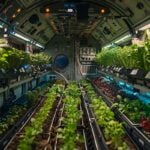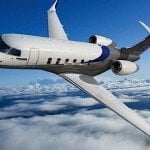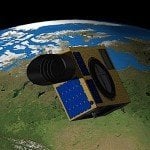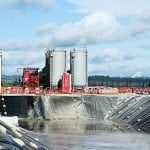Learning from Nature: How Biomimicry is Revolutionizing Aerospace
What are the ways the nature inspires breakthrough engineered designs in Aerospace? The most obvious application of biomimicry in aeorspace design and engineering, is the adoption of bird-inspired wing designs. Biomimicry has helped engineers design more fuel-efficient and sustainable aircraft. Aircraft designers, for example, are inspired by the albatross bird’s long-distance, low-energy flying technique. One aircraft manufacturer, Airbus, used biomimicry to create wings that adjust in flight to various conditions, leading to improvements in energy efficiency and flying speed (BBC).
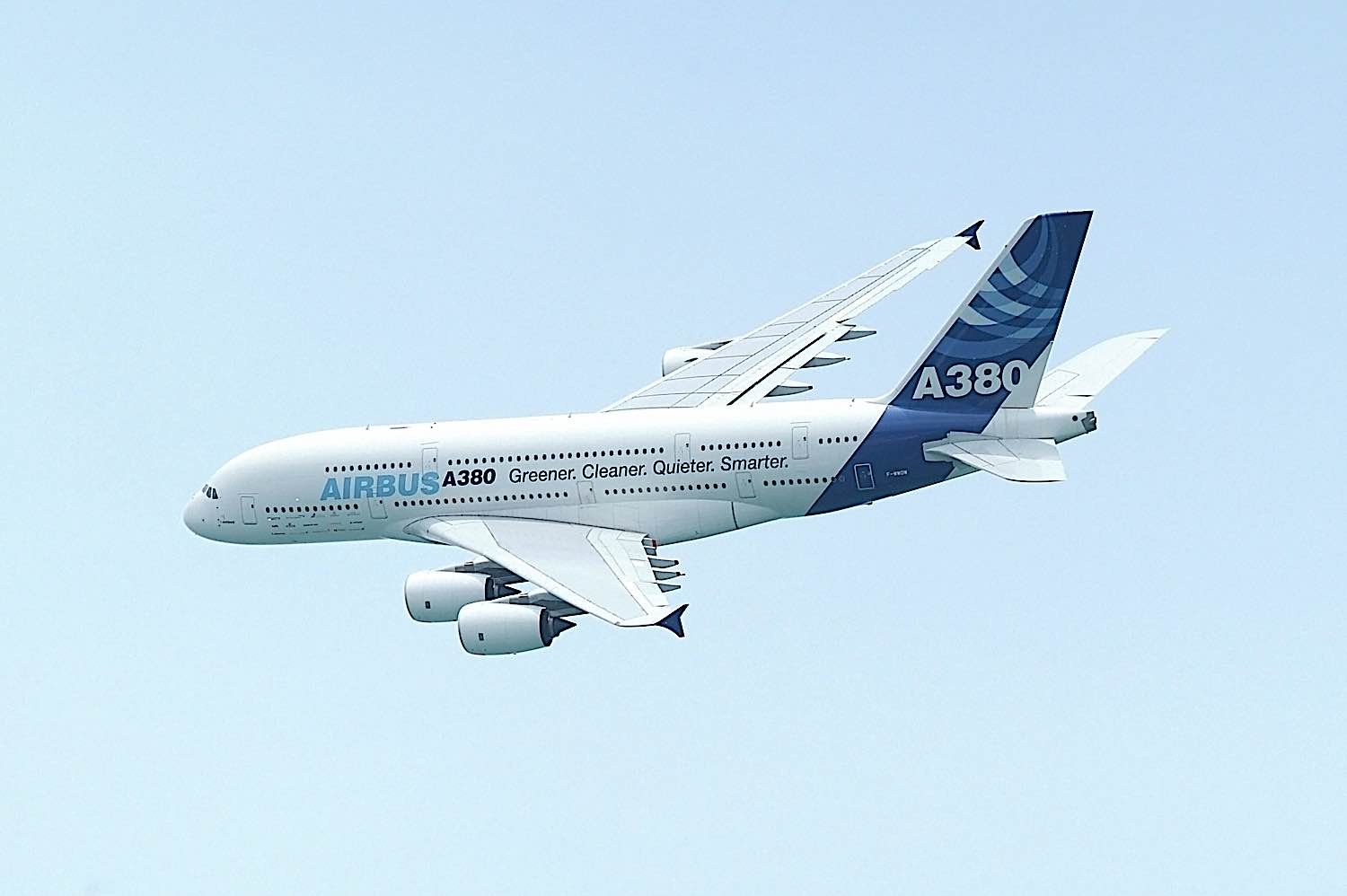
Humpback Whales for Inspiration?
Aquatic nature also provide ongoing valuable insights for aerospace engineering. The humpback whale, with its oversized pectoral fins, characterized by a series of bumps, has inspired the design of vortex generators on the wings of aircraft. These generators, similar to bumps on a whale fin, help reduce drag and increase lift, improving overall aerodynamic efficiency (Journal of the American Chemical Society).
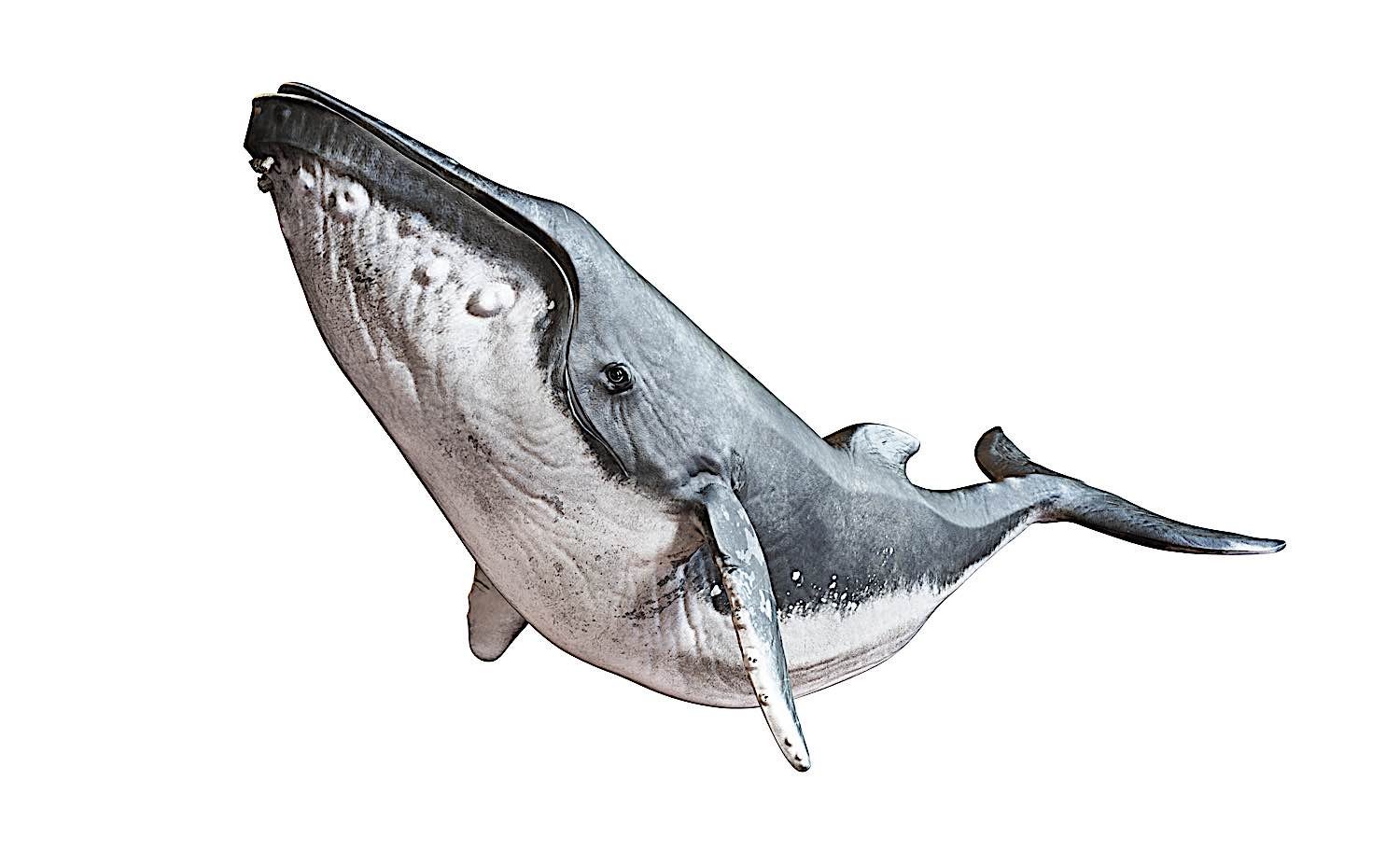
Insects Revolutionalize Aircraft Design?
Insects, arguably among nature’s most perfect example of evolutionary design, also inspires the field of robotics and has led to innovations like Festo’s BionicOpter. This unique robot mimics the flight patterns and characteristics of a dragonfly, showing the potential ways biomimicry can revolutionize not just aircraft design, but automated and machine-driven technology as well (Festo).
Microscopic Inspiraton?
Microscopic structures found in nature are also emulated by aerospace engineers and designers. For instance, the nanostructures on moth’s eyes, which help avoid reflections, have been used to develop anti-reflective coatings on solar cells used in space operations. Another example is nano-fibrils of lotus leaves, which make the surface hydrophobic and self-cleaning and have inspired the development of self-cleaning and fog-resistant windshields (Journal of Materiomics).
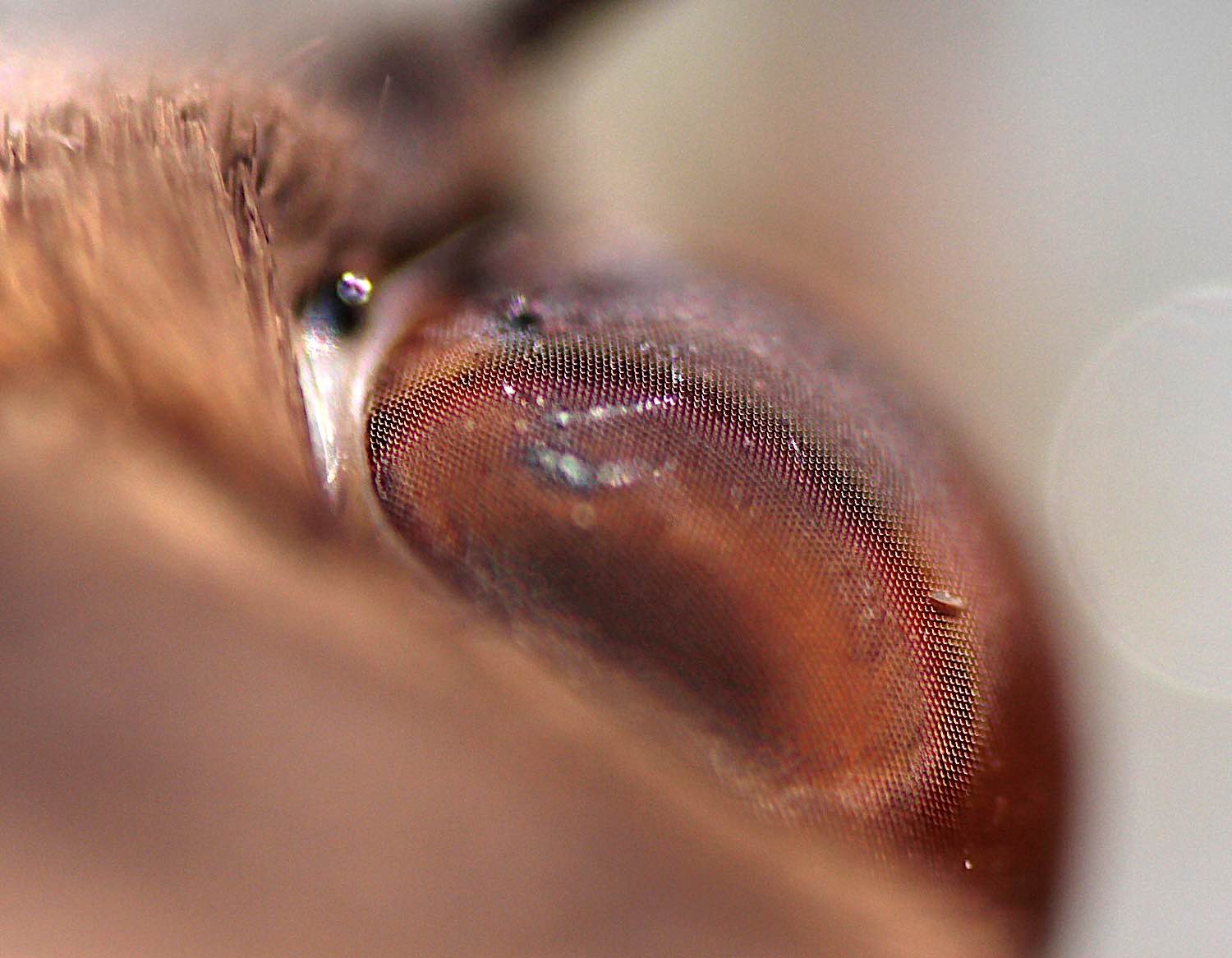
Woodpecker’s and Safety?
The shock-absorbing ability of woodpecker’s skull and neck structure has inspired the design of helmets and safety gear for astronauts, providing invaluable ideas for reducing the impact during emergencies (Materials & Design).
Nature remains a leading source of inpiration for innovations. Although the list of biomimicry in Aerospace is extensive, in this feature we focus on the top ten.
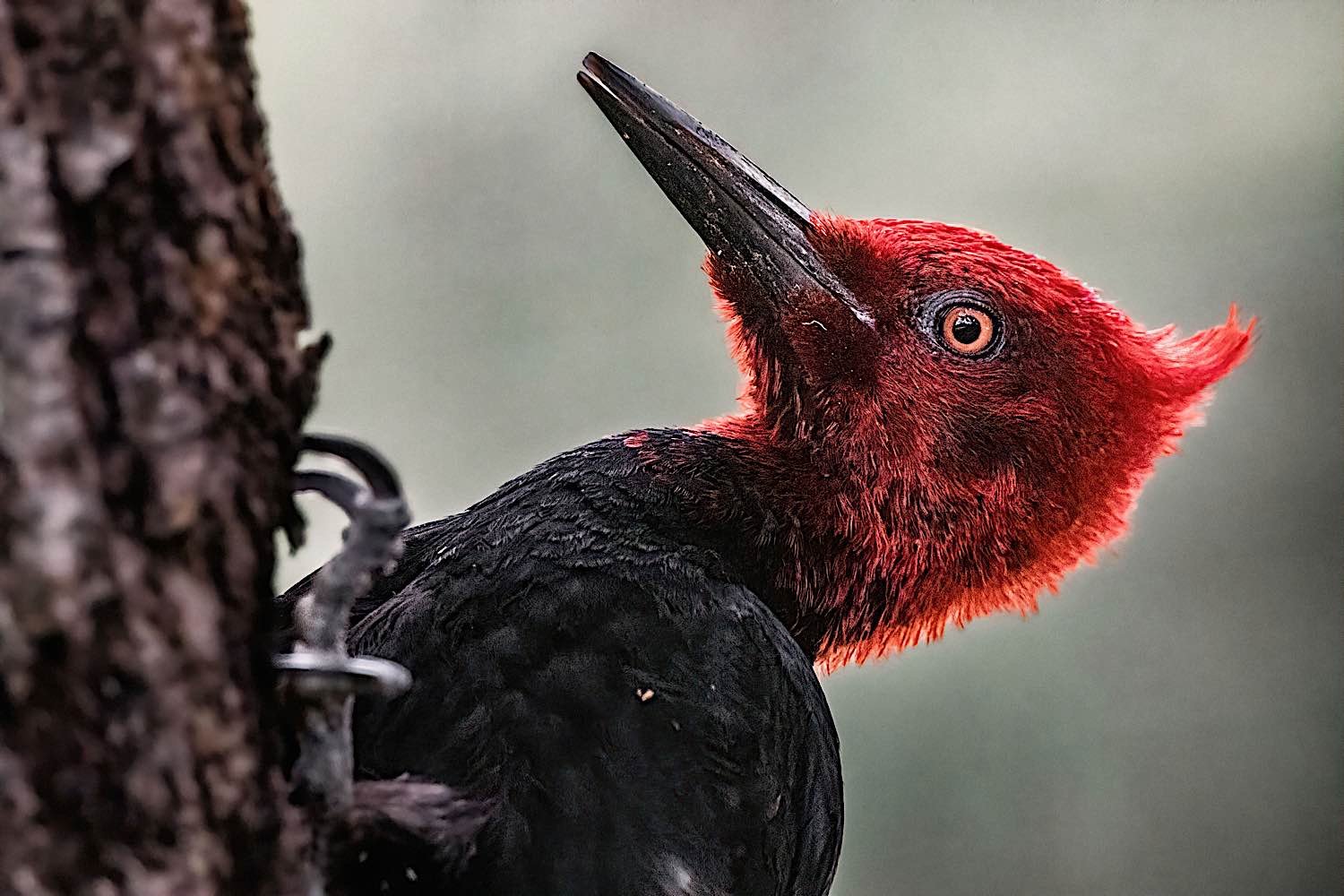
Nature’s Blueprints: Top Ten Biomimicry-Inspired Innovations in Engineered Design
For our top ten list of biomimicry-inspired innovation, we’ve included other related or cross-industies such as nautical and other vehicles relying on shape dynamics. Ten examples:
- Inspired by the humpback whale’s flippers, which boast tubercles or bumps to enhance lift and minimize drag, WhalePower Corporation created more efficient wind turbines and fans. Journal of Experimental Biology DOI: 10.1242/jeb.089995
- The boxfish’s unique body shape has inspired Mercedes-Benz in the aerodynamic design of their Biomimicry Car, increasing efficiency and stability. NewScientist. DOI: 10.1016/S0262-4079(05)67058-3
- A tiny desert-dwelling beetle native to the Namib Desert served as the biological inspiration for self-filling water bottles and dense fog collection systems developed by NBD Nano. Nature. DOI: 10.1038/news010809-5
- To enable greater lift and lower drag in the field of aviation, bird feathers’ structure has been mimicked in wing design. Studies can be found in Physics of Fluids. DOI: 10.1063/1.5000732
- The kingfisher- a bird famous for its dive—inspired technologists at Japan’s West Japan Railway to create a bullet train that is faster, uses 15% less electricity, and mitigates the loud boom it makes when exiting tunnels. International Journal of Mechanical and Production Engineering Research and Development. DOI: 10.31227/ijmperd.2019.04.002
- Migrating geese and locust swarms indirectly have influenced the development of robust and efficient swarm flying drone systems. Findings in Physica A: Statistical Mechanics and its Applications. DOI: 10.1016/j.physa.2019.123400
- Looking to the skies, owl feathers are a model for reducing operational noise in wind turbines and aircrafts due to its unique structural makeup, leading to quieter flights. Research done by The Journal of the Acoustical Society of America. DOI: 10.1121/10.0001566
- The high speed hunting tactics of the peregrine falcon have led to the development of a new type of “falcon-inspired drone”, capable of high maneuvers at speed with a powerful camera for capturing clear footage. Journal of Bionic Engineering. DOI: 10.1007/s42235-019-0071-z
- Mako sharks have a specialized skin structure that reduces drag and increases speed, inspiring the creation of a film applied to the hulls of submarines to improve their speed. Journal of Fluids and Structures. DOI: 10.1016/j.jfluidstructs.2005.04.018
- The humble cockroach has inspired the flexibility and resilience in the design of the soft-bodied robots, able to maintain rapid movement under a wide variety of conditions. Science Robotics. DOI: 10.1126/scirobotics.aar3276
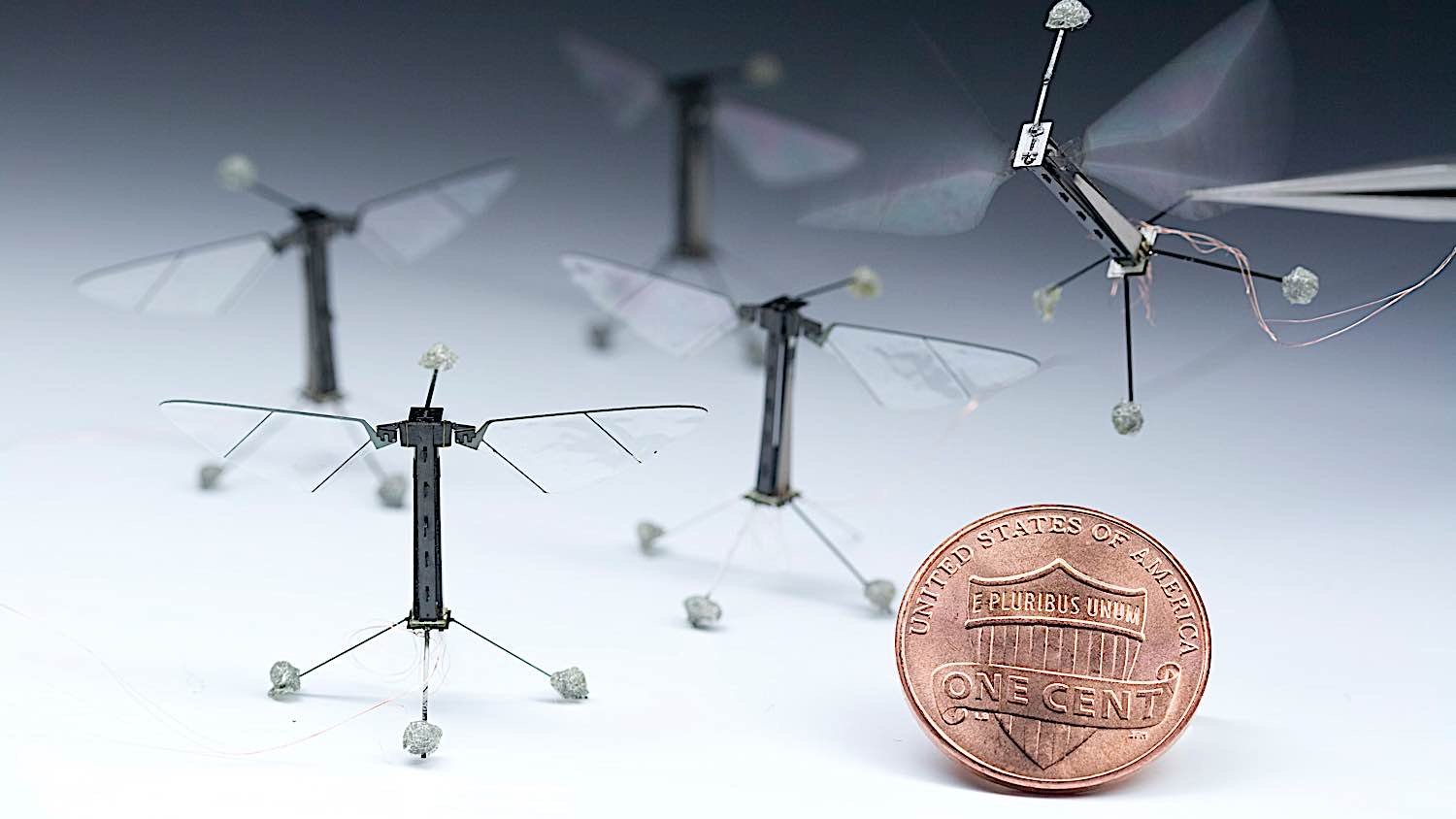
Biomimicry in Wing Design: Harnessing the Efficiency of Birds
You may be intrigued to learn that the most proficient flyers – birds – have been the most enlightening teachers for us in the realm of aviation engineering. By studying a bird’s shape, flight mechanics, and even feather structure, aerospace engineers have been able to integrate those principles into the design and operation of aircrafts.1
The wing design of the A380 aircraft, for example, was notably influenced by the eagle’s flexible wingtips. Engineers from Airbus observed that when an eagle is cruising, its primary feathers are extended to decrease drag and boost lift. This inspired the design of “drooped wingtips” on the A380, enhancing aerodynamic efficiency during flight.2
Microsoft Research’s “Smart Wing” project is another perfect example. Their robotic wing adjusts to air conditions, just like a bird’s wing, thanks to sensors and microprocessors that swiftly calculate and execute the necessary changes. This kind of real-time adaptation represents a significant leap forward in increasing energy efficiency and reducing noise associated with air travel.3
But it’s not just about large aircraft design. Biomimicry is also being utilized at a micro-aircraft level. Researchers from Stanford University were inspired by the maneuverability of hummingbirds, and are applying similar principles to design drones able to navigate in complex environments. The hummingbirds’ capacity to hover and fly in any direction with speed and precision opens new possibilities for the application of drones, from search and rescue missions to more efficient package delivery.4
Harvard’s RoboBee project, another hummingbird-inspired venture, aims to produce robot bees capable of autonomous flight. These tiny robots may well represent the future of pollination, critical crop inspection, and even environmental monitoring. 5
Aerospace engineers will never run out of inspiration from our avian friends. Whether for massive commercial airliners or small-scale environmental monitors, biomimicry continues to expand the realms of possibility in aerospace engineering.
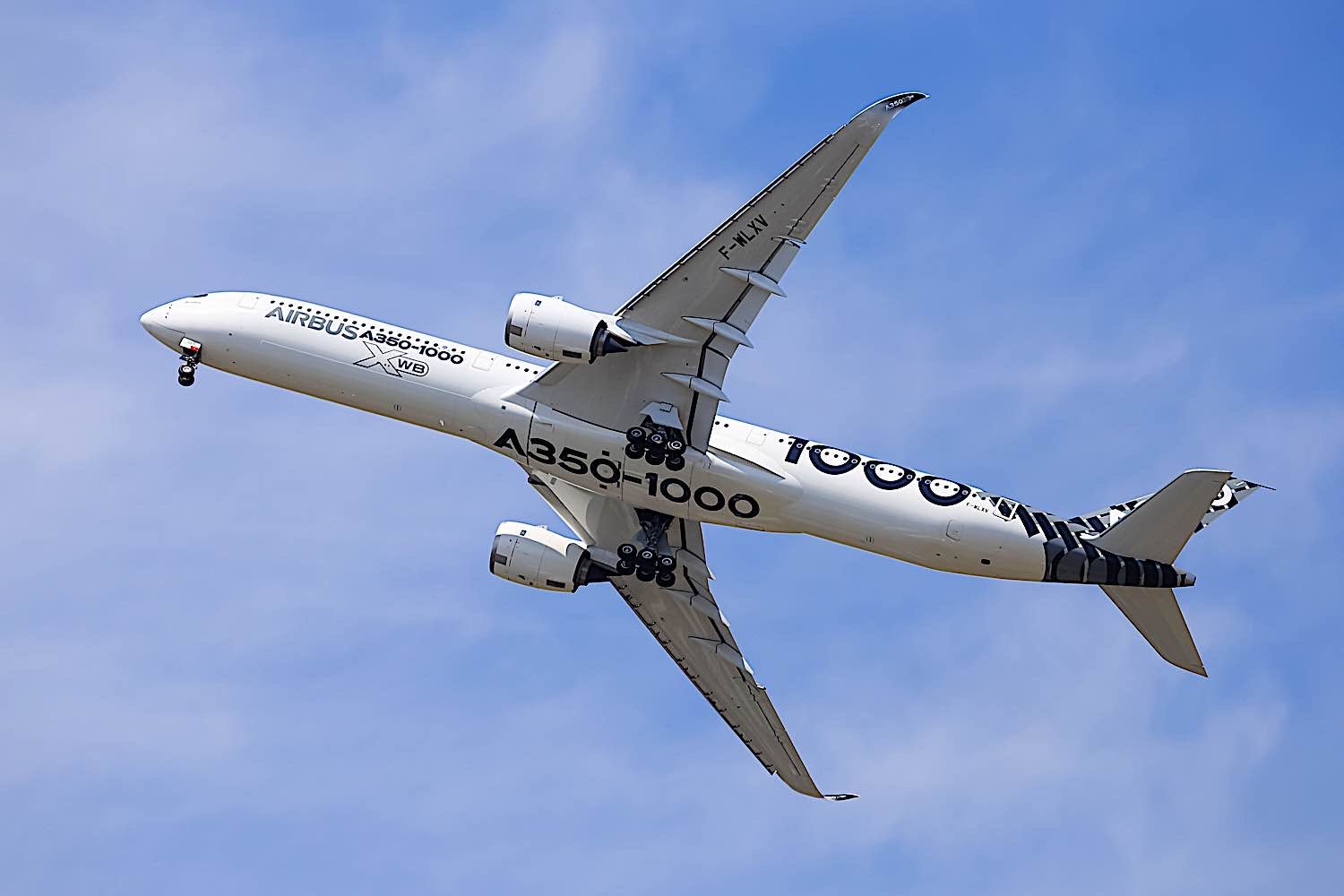
The Mighty Ocean: Biomimicry in Marine Life and Aerospace Engineering
Did you know that marine life, especially creatures like the white shark, have been offering inspiration to aerospace engineers? Indeed, it’s fascinating to observe how the nuances of biology and physics commingle in the natural world, offering profound lessons for human-designed technology.
Take the case of the A350 and A330neo aircraft from Airbus, for instance. Airbus engineers looked to nature, specifically to the fast and efficient white shark, to enhance aerodynamics. These impressive underwater creatures, characterized by their unique Denticles (tiny, v-shaped scales on their skin), provide a model for minimizing drag and improving movement efficiency. To that end, Airbus incorporated small ‘riblets’ on the fuselage surface to replicate the effect, reducing drag by an impressive 1%, while improving fuel efficiency.
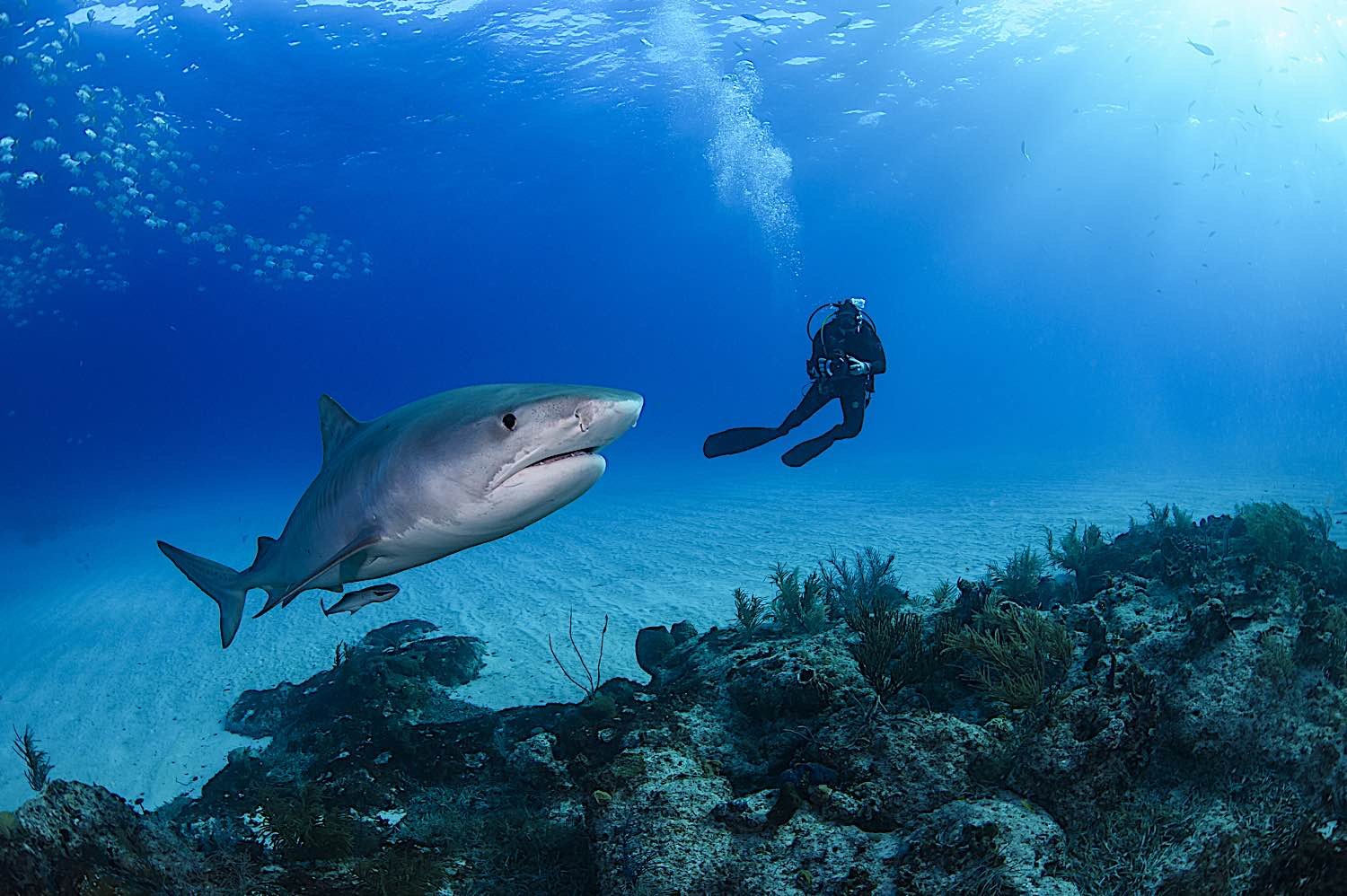
Shark-like design cuts fuel consumption
This implementation of biomimicry offers significant environmental and economic benefits. According to Airbus (2020), the shark-inspired design can cut fuel consumption by 200 litres per aircraft per flight, which is a striking benefit in an industry struggling to reduce its carbon footprint.
But marine-inspired biomimicry in aerospace doesn’t stop at sharks. Engineers have also looked to graceful manta rays, renowned for their unparalleled agility in the water, which holds valuable lessons for aircraft maneuverability. The Future Aircraft design concept, launched by the Royal Aeronautical Society, mimics the ray’s flexible ‘wing’ structure to create an adaptable aircraft that would adjust its wing shape to multiple flight conditions (source).
In summary, the vast and mighty ocean, with all its diverse marine life, has indeed proven to be a field of knowledge and inspiration for progress in aerospace engineering. From the white shark to the manta ray, it’s astounding how nature’s wisdom is helping us design and build aircraft that are not only more efficient but also more sustainable. As you continue to innovate, always remember these examples of biomimicry, and keep your eyes open for the next creature set to revolutionize aerospace engineering.
The Power of Biomimicry: Inspirations from Animal Muscles and Biomechanics
Imagine being able to create structures and devices that mimic the strength and flexibility of human muscles or the intricate mechanics of a bird’s flight. Now stop imagining, because it’s already happening. Through the study of biomimicry, we’re unlocking the remarkable design achievements of nature and applying them to human-made systems such as those involved in aerospace engineering. Here are the top advancements in this field originating from animal muscles and biomechanics:
- Bio-inspired materials: The field of materials science has garnered significant knowledge from studying the composition of animal tissues and structures. An example is the creation of synthetic muscle-like materials derived from electroactive polymers (EAPs). These materials exhibit similar behaviors and properties as their natural counterparts, providing high strength, flexibility, and durability[1]. The insights derived from animal muscles have the potential to revolutionize the materials used in aerospace engineering and lead to the development of lighter and stronger structures.
- Morphing wing technology: Nature often shows us the best ways to adapt to changing conditions. For instance, bird wings change shape and size to navigate different flying conditions. Engineers took inspiration from this to develop morphing wing technology, thus improving aircraft efficiency, performance, and agility[2].
- Biomechanical energy harvesting: Some animals’ muscles, like those of the electric eel, can generate electricity. This inspired researchers to create Bio-inspired energy harvesting systems that can provide power in remote locations or during emergencies[3].
- Insect flight mechanics: The uncanny agility of insects has long been a source of inspiration for aerospace engineers. Studies into the biomechanics of insect flight have led to the development of Micro Air Vehicles (MAVs) and drones with remarkable agility and maneuverability[4].
- Muscle-tendon behavior emulation: Many animals have a muscle-tendon combination that allows them to move and respond rapidly to external stimuli. By studying these mechanisms, researchers have developed bio-inspired control systems that enhance aircraft maneuverability[5].
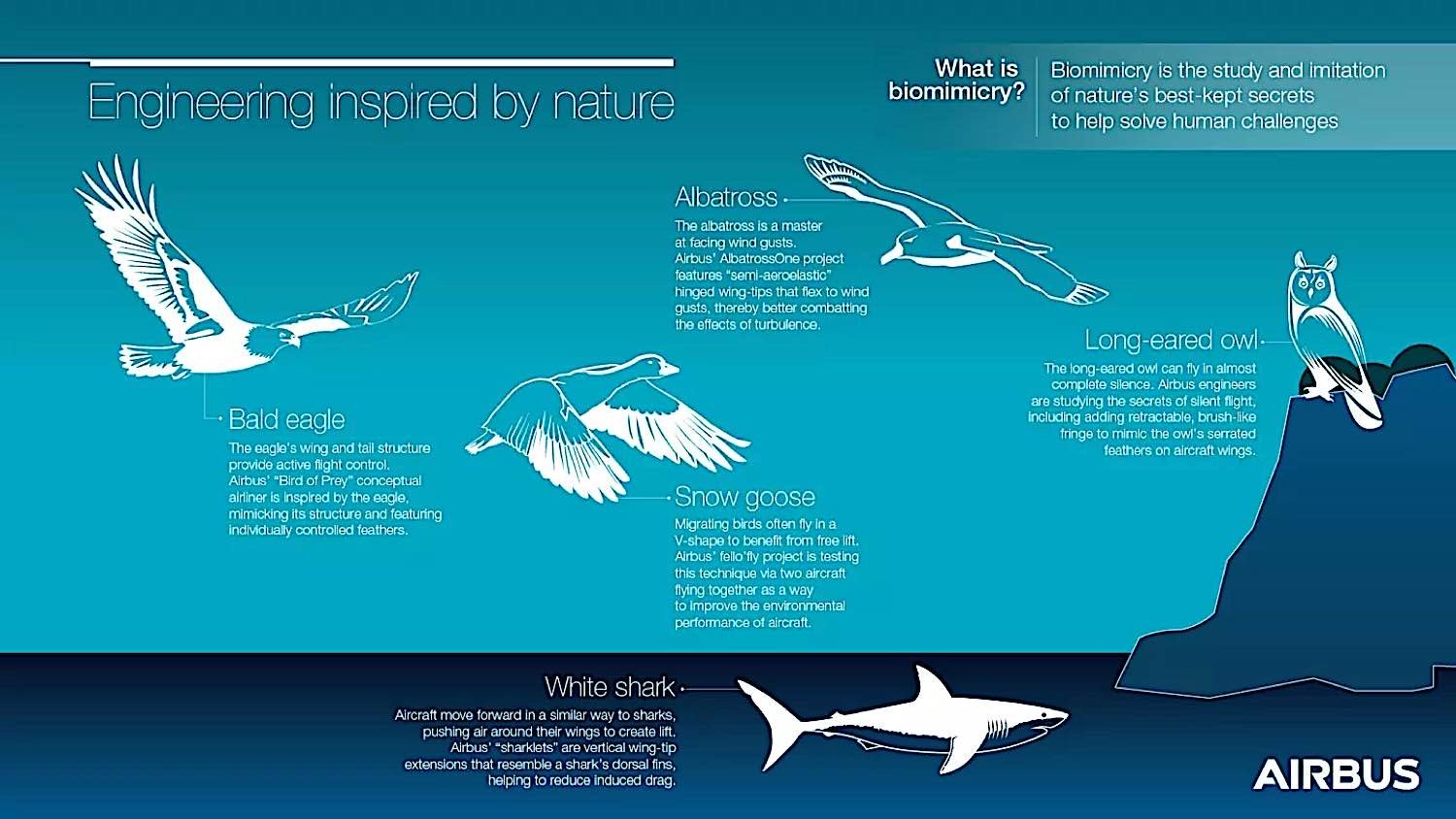
Biomimetic Robots: Blurring the Line between Nature and Technology
Team of engineers at the University of Cambridge are pushing boundaries and challenging norms by building biomimetic robots. Taking inspiration from nature
The incredible adaptability and ingenious survival strategies of many living organisms have provided valuable insights into how we can make our technology more efficient and resilient. Many of these breakthroughs can be attributed to the marriage of biotechnology and aerospace engineering, resulting in biomimetic robots that are revolutionizing the field.
Biomimetic robots are machines that are designed to closely mimic the forms, functions, or behaviors of biological organisms. The study and development of these biomimetic technologies help us create more efficient, resilient, and sustainable systems.
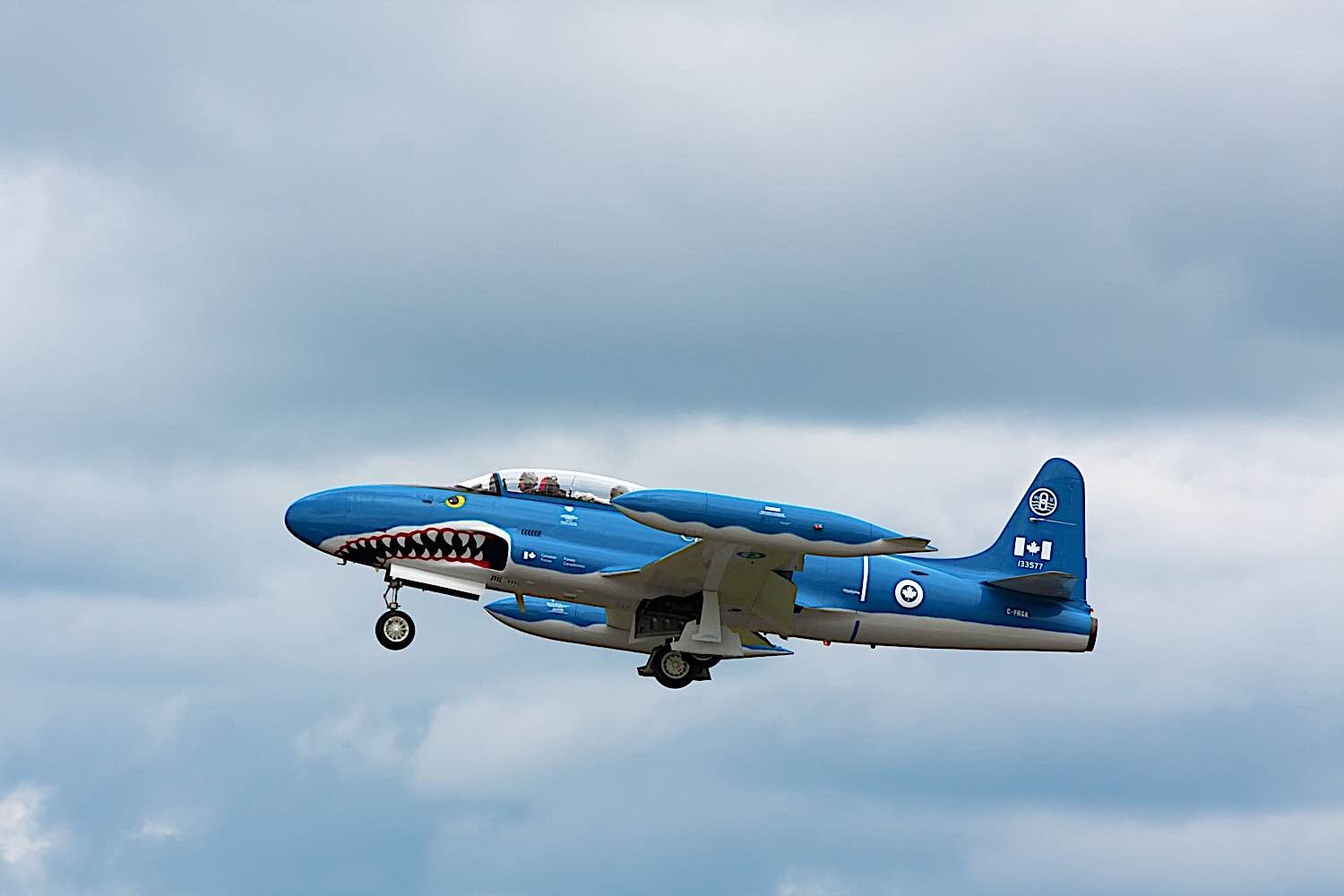
In the realm of aerospace engineering, biomimetic robots have found widespread application. Let’s examine some biomimicry-inspired engineering developments which are pioneering the field:
- Pigeon-inspired drones: Engineers at the University of Cambridge have developed a drone that can mimic the flight of a pigeon. This biomimicry-based innovation could drastically improve the drones’ maneuverability in urban environments, mitigating collision risks(Michael Triantafyllou, MIT).
- Hummingbird-like micro air vehicles (MAVs): Scientists and engineers at Purdue University have developed hummingbird-inspired MAVs. These tiny robots, with their ability to hover in place and fly in any direction, could revolutionize surveillance operations and search and rescue missions(Xinyan Deng, Purdue University).
“There is much we can learn from nature, specifically the physical mechanisms used by certain creatures. These mechanisms can, if studied properly and applied ingeniously, greatly improve the efficiency and resiliency of our machines.” – Dr. Michael S. Triantafyllou, Professor of Mechanical Engineering and Ocean Science and Engineering, MIT



